Am at The St Lawrence Polo Grounds which is now a free caravan park for travellers with their own vans, tents or vehicles.
It is one of the best sites I have stayed at with the best and cleanest toilets and facilites.
It only misses Power, and right now I am sitting in a Luxury caravan helping Mary try to decipher security codes whilst I am using their power using their generator and electricity.
The Location was a Caravan Park, but now it is private property owned by the Polocross Club, who permits free parking to bring people into the town, whoich consists of a shop and a Post Office and a Railway Station.
The area is all bush rich with birdlife and trees, with glorious sunsets and sunrises.
http://www.broadsound.qld.gov.au/visitors/InfoStLawrence.shtml
St Lawrence
St Lawrence is situated approximately 155km south of Mackay, 177km north of Rockhampton and 6km east of the Bruce Highway. The town has a varying population of approximately 150 with the main employers for the town being Broadsound Shire Council and Queensland Railways. One of the oldest towns on the coast, its demure is firmly linked to its historical beginnings which are well seen about the town. Several cattle properties surround the town and it also supports a locally based professional fishing industry.
The township was established originally to service a major port facility in Broadsound which is no longer used. One historical building still remaining from this time is the Shire Office. Originally built to service the Customs Office for the Port of St Lawrence, it was sold to the Shire of Broadsound for 100 pounds in 1901. The remains of the Port and Abattoir constructed using convict labour are also accessible. The Court House/Police Station was built in 1879 and has been repainted in its original colour scheme.
St Lawrence has a school with education to Grade 7 and an occasional childcare service operates in the town once a week.
St Lawrence has a hotel, two grocery stores, a post office, an electricity depot, honorary ambulance service and a police station. Limited banking with the Commonwealth Savings Bank and Pioneer Permanent Building Society can be conducted from the Post Office. Passenger trains can be utilised approximately four (4) times a week north and south of St Lawrence. A daily bus service is also available.
The Centenary Pavillion located at the Sportsground (beside the tennis courts) was constructed to celebrate the Shire's Centenary in 1979 with the collection of past machinery and relics. The Pavillion is open 24 hours a day for viewing
The town’s sporting facilities include Lawn bowls which is played on a green situated next to the Community Hall. There is a 9 hole golf course, tennis courts and a small swimming pool available for use. There are weekly darts competitions at the Hotel and annual sports days held at the sportsground facilities. St Lawrence Creek is also a favourite recreational fishing area. In the cooler months the Recreation Group hold a weekend of Gymkhana and Campdraft and the Polocrosse Club have their Annual Polocrosse Weekend. The Recreation Grounds on the outskirts of town provide all year round camping facilities and amenities for travellers and is available for hire for functions.
The Anglican Church was built in 1898. Prior to its construction, services were held quarterly in the Courthouse. The 100th Anniversary of the church was marked with an ‘open’ party on May 17, 1998. Services are held at both the Anglican and Catholic Churches.
The St Lawrence Cemetery has also been noted as historically important.
Although not all graves are marked, there is a register held at the Broadsound Shire Council Library at St Lawrence listing most of the graves, with some dating back to the 1800’s
The Craft Centre, located in the main street, exhibits local crafts for sale. Part proceeds from these sales go towards the Queensland Ambulance Service.
The Historical Railway Building is also located in the main street of St Lawrence. The old railway station has been recently restored and the St Lawrence Library and Internet Café have been established for use by both the local community and visitors to the area.
 The township was established originally to service a major port facility in Broadsound which is no longer used. One historical building still remaining from this time is the Shire Office. Originally built to service the Customs Office for the Port of St Lawrence, it was sold to the Shire of Broadsound for 100 pounds in 1901. The remains of the Port and Abattoir constructed using convict labour are also accessible. The Court House/Police Station was built in 1879 and has been repainted in its original colour scheme.
The township was established originally to service a major port facility in Broadsound which is no longer used. One historical building still remaining from this time is the Shire Office. Originally built to service the Customs Office for the Port of St Lawrence, it was sold to the Shire of Broadsound for 100 pounds in 1901. The remains of the Port and Abattoir constructed using convict labour are also accessible. The Court House/Police Station was built in 1879 and has been repainted in its original colour scheme. The Centenary Pavillion located at the Sportsground (beside the tennis courts) was constructed to celebrate the Shire's Centenary in 1979 with the collection of past machinery and relics. The Pavillion is open 24 hours a day for viewing
The Centenary Pavillion located at the Sportsground (beside the tennis courts) was constructed to celebrate the Shire's Centenary in 1979 with the collection of past machinery and relics. The Pavillion is open 24 hours a day for viewing The town’s sporting facilities include Lawn bowls which is played on a green situated next to the Community Hall. There is a 9 hole golf course, tennis courts and a small swimming pool available for use. There are weekly darts competitions at
The town’s sporting facilities include Lawn bowls which is played on a green situated next to the Community Hall. There is a 9 hole golf course, tennis courts and a small swimming pool available for use. There are weekly darts competitions at the Hotel and annual sports days held at the sportsground facilities. St Lawrence Creek is also a favourite recreational fishing area. In the cooler months the Recreation Group hold a weekend of Gymkhana and Campdraft and the Polocrosse Club have their Annual Polocrosse Weekend. The Recreation Grounds on the outskirts of town provide all year round camping facilities and amenities for travellers and is available for hire for functions.
the Hotel and annual sports days held at the sportsground facilities. St Lawrence Creek is also a favourite recreational fishing area. In the cooler months the Recreation Group hold a weekend of Gymkhana and Campdraft and the Polocrosse Club have their Annual Polocrosse Weekend. The Recreation Grounds on the outskirts of town provide all year round camping facilities and amenities for travellers and is available for hire for functions. The Anglican Church was built in 1898. Prior to its construction, services were held quarterly in the Courthouse. The 100th Anniversary of the church was marked with an ‘open’ party on May 17, 1998. Services are held at both the Anglican and Catholic Churches.
The Anglican Church was built in 1898. Prior to its construction, services were held quarterly in the Courthouse. The 100th Anniversary of the church was marked with an ‘open’ party on May 17, 1998. Services are held at both the Anglican and Catholic Churches.


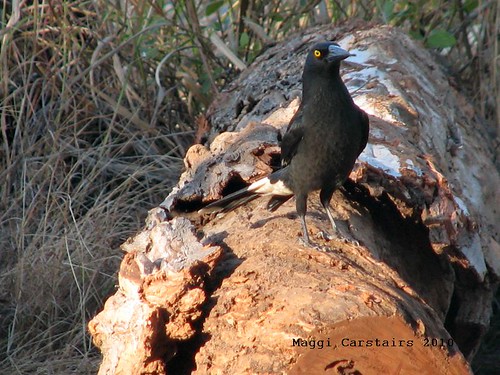


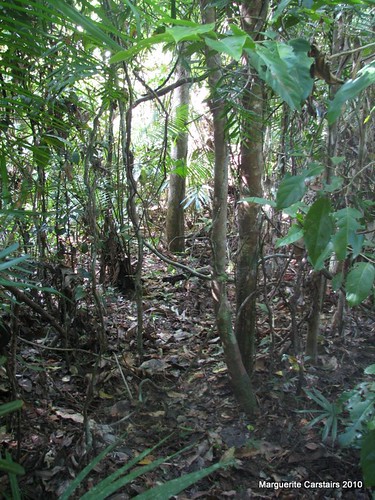

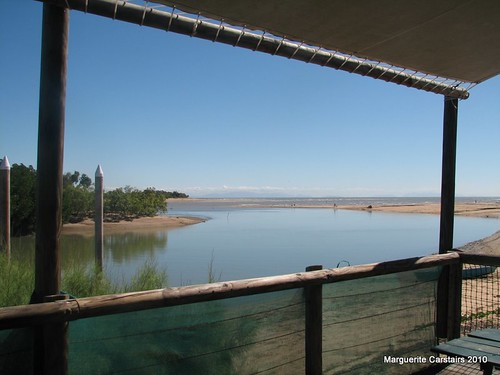

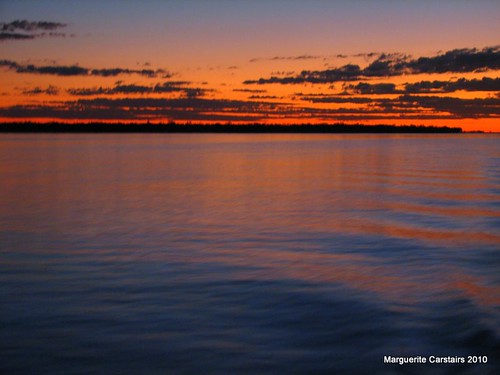
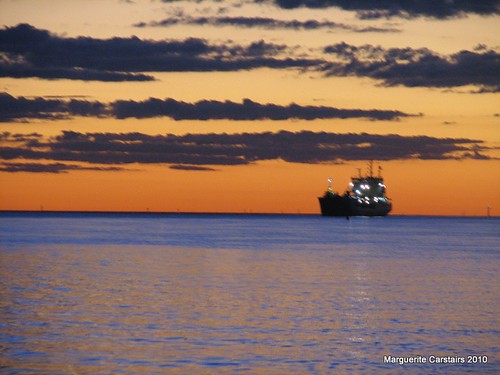
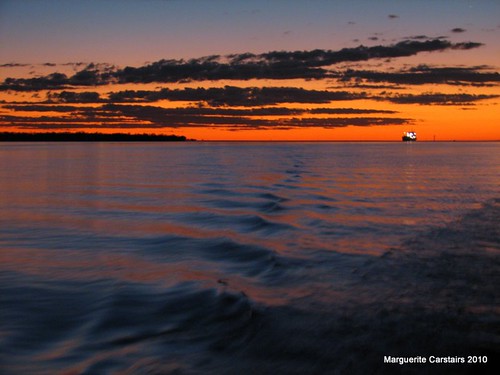
140x45.jpg)



